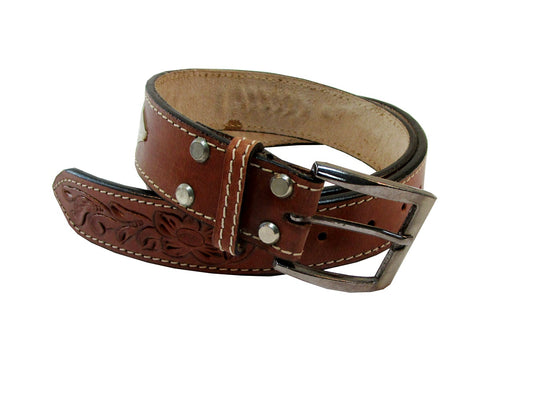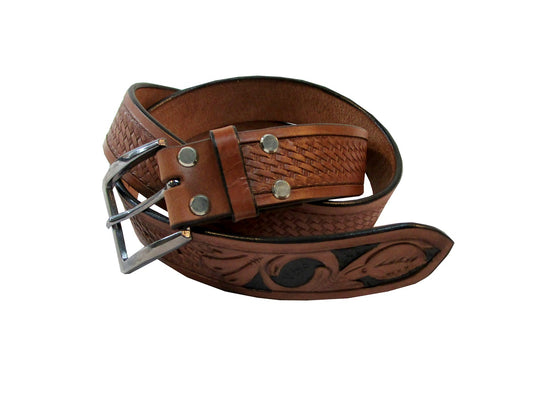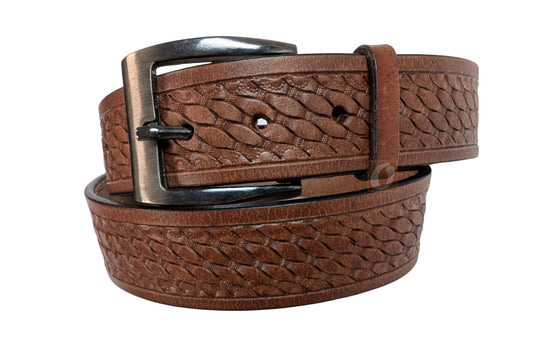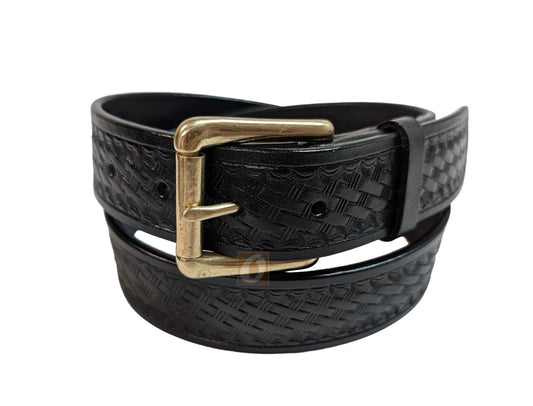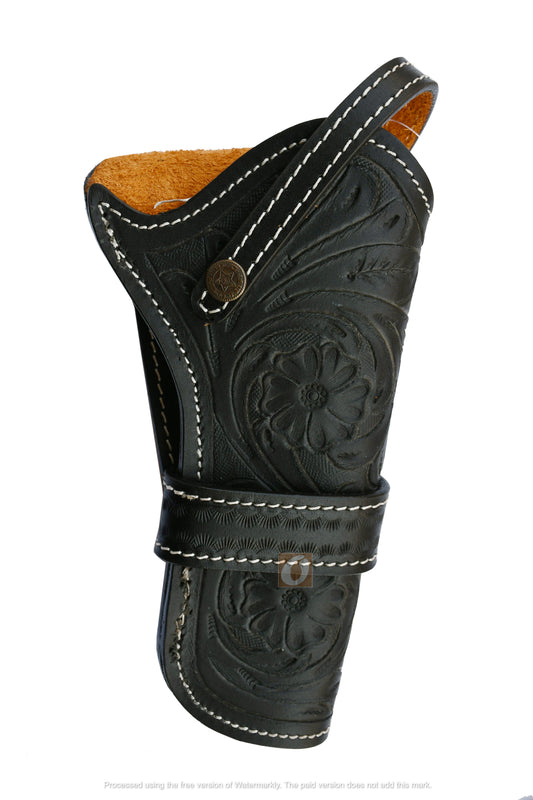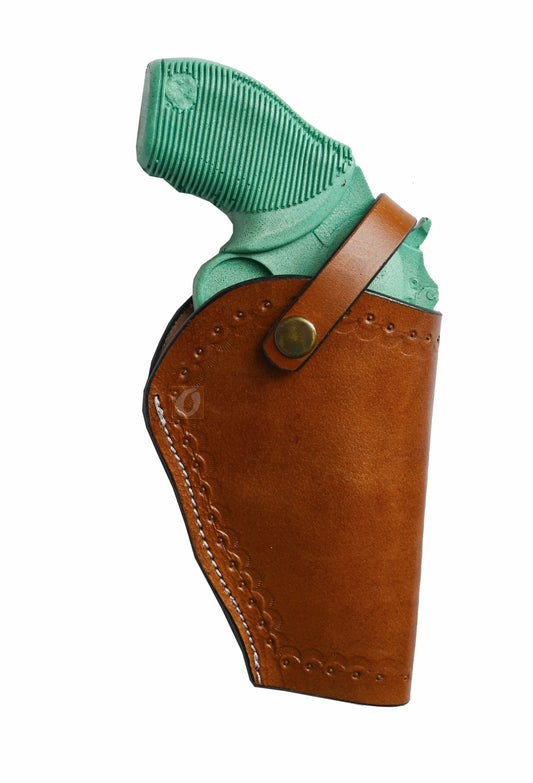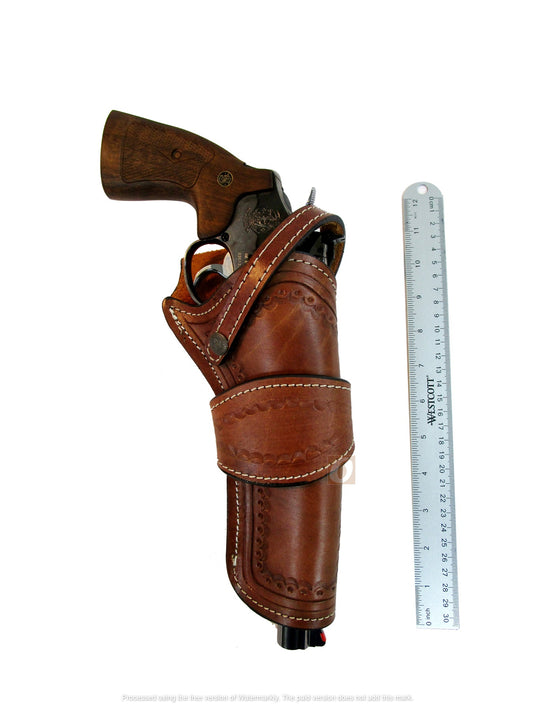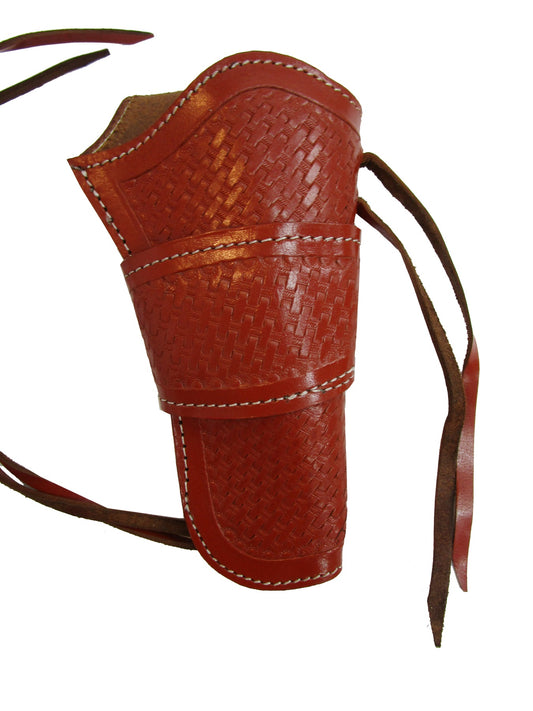Why Holster Adjustability Is a Game-Changer for Comfort and Accessibility?
Why Holster Adjustability Is a Game-Changer for Comfort and Accessibility?
When it comes to carrying a firearm, comfort and accessibility are essential. Whether you're carrying for everyday carry (EDC) or concealed purposes, the right gun holster can make a huge difference in how you feel throughout the day. One of the key features that can significantly enhance both comfort and usability is holster adjustability. Holsters with adjustable cant, ride height, and retention allow you to customize the fit to your body and preferences, making your concealed carry holster more comfortable and accessible. In this post, we'll dive into how these adjustable features work and how you can tailor them for a more efficient and comfortable concealed carry experience.
Cant Adjustment: The Angle of Comfort
The cant of a holster refers to the angle at which the firearm is carried in relation to your body. Adjusting the cant allows you to find the most comfortable and efficient draw angle for your unique needs. For example, an IWB holster (inside-the-waistband) with a forward cant can help you quickly and easily draw your firearm, while a cross-draw position may be more comfortable for some, especially when sitting. A holster for handgun with adjustable cant allows you to fine-tune the angle for quick access, which can make all the difference in a self-defense situation.
Ride Height Adjustment: Finding the Perfect Fit
The ride height of a holster refers to how high or low the holster sits on your body, typically either at the waistline or lower on the hip. Holsters for everyday carry (EDC) often offer ride height adjustment to accommodate different body types and clothing preferences. For example, holster for Glock or holster for SIG may feel more comfortable at a higher ride height for better concealability or at a lower position for easier access when standing or sitting. An adjustable ride height ensures that your firearm holster aligns with your body for comfort while keeping the weapon concealed and accessible.
Retention Adjustment: Balancing Security and Ease of Draw
Retention refers to how securely the firearm is held in the holster. While best holsters for concealed carry are designed to keep your weapon safe and secure, they should also allow for a quick and easy draw. Holsters with adjustable retention let you tighten or loosen the hold on your firearm to suit your preferences. If you're using a holster for revolver, holster for pistol, or holster for defender, adjusting the retention can make it easier to draw your firearm in a high-pressure situation while ensuring it stays securely in place when you need it. Fine-tuning the retention also allows you to balance security with accessibility, keeping your firearm in place while still being easy to access when necessary.
How to Adjust Your Holster for Optimal Comfort and Accessibility
Adjusting your holster to suit your unique preferences can make all the difference in your daily carry experience. Here are a few tips to help you customize your holster for gun to your needs:
-
Start with a Comfortable Position: When adjusting the cant, ride height, and retention, start by wearing your holster in the position you plan to carry. For IWB holsters or OWB holsters, position it where it feels most comfortable for sitting, walking, and bending. You’ll want to ensure the firearm is easy to access without being too exposed or difficult to draw.
-
Adjust Cant for Accessibility: If you carry IWB, try adjusting the cant to a forward angle for a smoother draw. If you prefer a cross draw holster, adjust the cant so it sits comfortably on the opposite side of your body. Play around with the angle until you find what works best for you.
-
Experiment with Ride Height: Adjust the ride height to balance concealability and accessibility. A higher ride height can help you conceal the weapon better, while a lower ride height can make it easier to draw. Find the right position that allows you to comfortably access your firearm while still maintaining concealment.
-
Fine-Tune Retention: Start with medium retention and test how easily you can draw the firearm. If you find that the holster is too tight, reduce the retention slightly. If the firearm feels loose, increase the retention for a firmer hold. Ensure that it doesn’t impede your ability to draw quickly when needed.
-
Test and Adjust Throughout the Day: Once you've made adjustments, wear your holster for a few hours to see how it feels during daily activities. You may need to make further tweaks to ensure your leather holster or custom holster is as comfortable as possible for long-term wear.
Conclusion
Holster adjustability is a game-changer when it comes to comfort and accessibility for concealed carry. With adjustable cant, ride height, and retention, you can fine-tune your holster for handgun or holster for revolver to suit your body, carrying style, and personal preferences. Whether you prefer a classic leather gun holster, a modern IWB holster, or a durable OWB holster, adjustable features make it easier to achieve a custom fit that ensures comfort and quick access when needed. By taking the time to adjust your holster for optimal fit, you’ll enjoy a more comfortable and secure carrying experience—whether you're carrying a holster for Glock, a holster for SIG, or any other firearm.
If you are looking for Gun Holster . Visit our Holster collection . Our Holster for Revolver are handcrafted. Our Leather Holster are great to secure your firearms.

